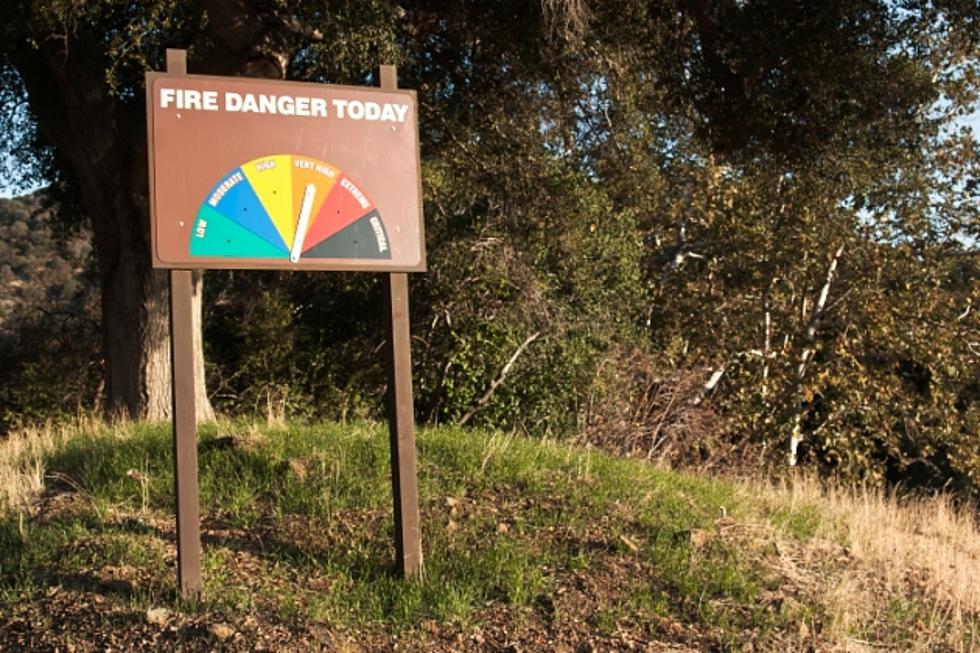
Missoula Fire Danger Now Very High With 100 Degree Temperatures
The Missoula County Fire Protection Association has once again increased the fire danger starting on Friday to Very High.
Kristin Mortenson is Director of Community Preparedness & Fire Prevention for the Southwestern Land Office of the Montana Department of Natural Resources and Conservation, She shared the information with us.
“In the Missoula area, we are definitely in a very high fire danger,” said Mortenson. “Right now, indices show that our fuels are drying out very quickly, and right now very high fire danger means that fires start easily from any and all causes, and they immediately spread and really quickly increase in intensity.”
Mortenson advises anyone planning outdoor recreation to use extreme caution.
“Watching our sparks is the most important advice,” she said. “First of all, knowing what sparks are allowed, check the website mtfireinfo.org to find out if there are any fire restrictions in the area where you are. And then if there are no restrictions and you are planning on having a campfire, then make sure you do so responsibly. Enjoy that campfire. But when you're finished, make sure you put it out dead out. Make sure you drown, stir it down and feel for heat because if it's too hot to touch, then it's definitely too hot to leave.”
Mortenson described the chief culprits when it comes to human-caused fires.
“The top human-caused fires are usually campfires,” she said. “Power lines can be a cause whether a tree falls down on a power line or there's a malfunction and that can be a common cause. Equipment and vehicles are also extremely common when a trailer chain is dragging. Make sure those are crossed and the chains are at least five inches off the ground. When you see repeated fires along the highway, many times that's due to dragging chains.”
No message about wildfires is complete without a clear warning that anyone who is proved to have caused a wildfire is also responsible for the cost of fighting that fire, which in some cases can be in the millions of dollars.
“Unattended or escaped campfires are our number one human-caused fires in Missoula County, and so watching those campfires is critical as our fire danger increases,” she said. “If it's definitively tracked back to you, you are liable for the fire and the costs that that fire has incurred.”
The County has had 39 total wildland fires since the beginning of the year, with approximately 77% of those being human-caused.

